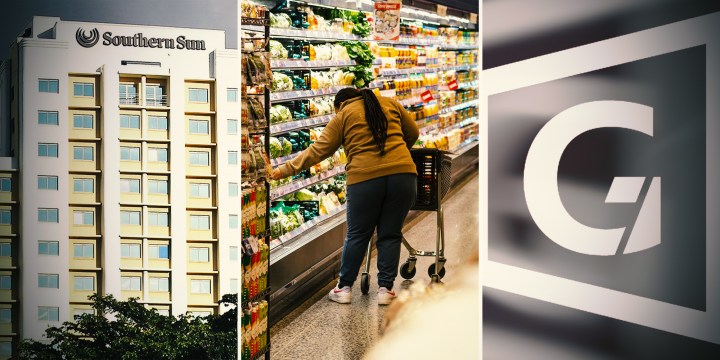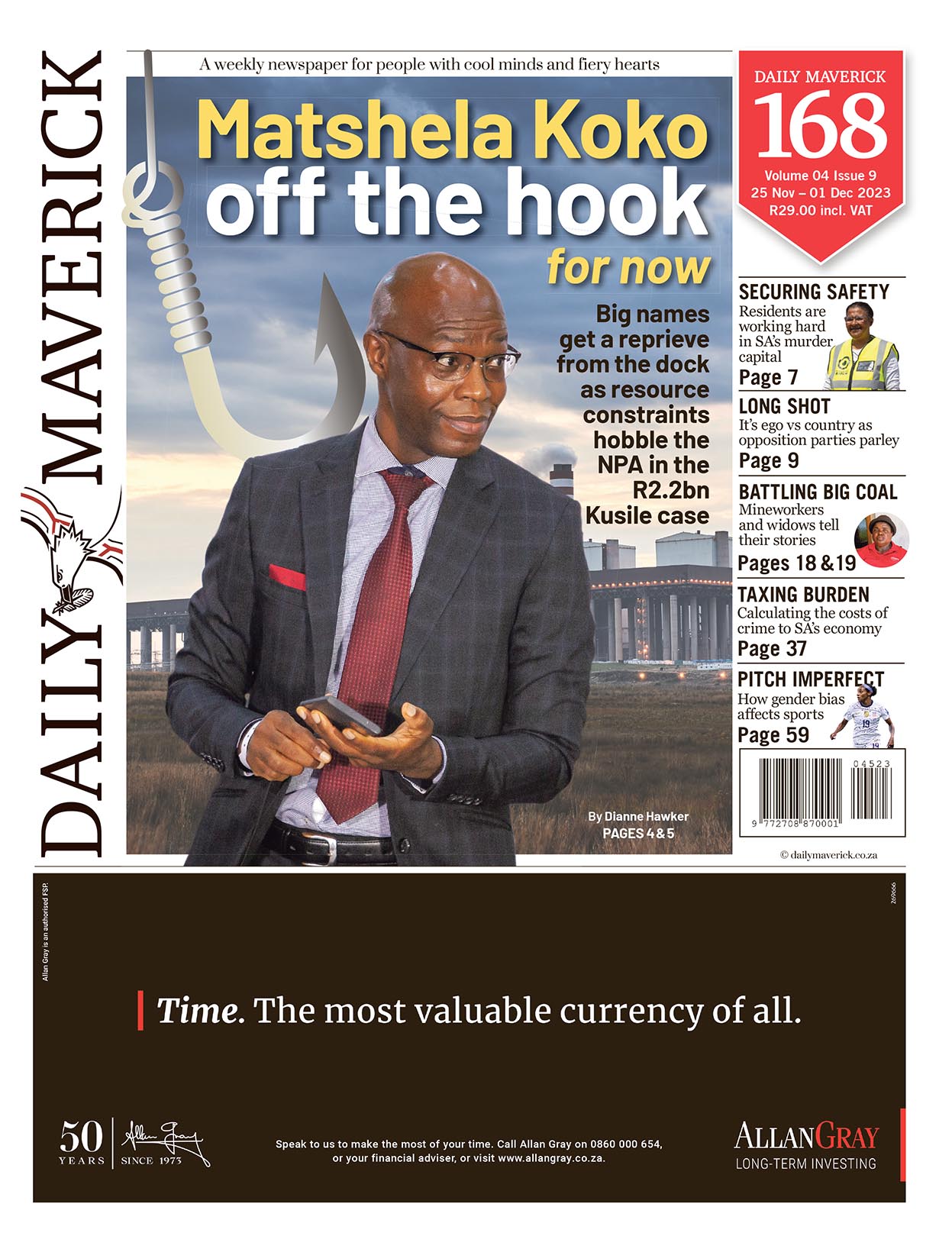PHANTOM SHARES
The Finance Ghost: The market lowdown on SA’s hotels, the Christmas retail outlook and Growthpoint

My overall view on SA’s hotel sector is that a solid recovery will come through, but you need to be very careful when looking at pre-pandemic levels vs the current share price. The pandemic was an absolute catastrophe, in many cases leading to capital raises and additional debt funding coming through. The point here is that even if the underlying hotels are doing well again, the economic claim on those hotels (both equity and debt) looks different to a few years ago.
Southern Sun has released results for the six months to September and they reflect a significant jump in occupancy, from 46.0% to 56.3%. The average room rate was up by 11.4%, so occupancy and pricing have moved strongly in the right direction. Importantly, the average room rate is up by 25.2% vs 2019 and occupancy has nearly recovered to pre-pandemic levels. Southern Sun benefits from strong leisure offerings in hotbeds of activity like Cape Town.
I wasn’t surprised by the operational trajectory at Southern Sun, as there is always demand for travel. I was pleasantly surprised by City Lodge though, which released an update for the three months to September.
Although the period isn’t directly comparable to Southern Sun, it’s really good to see occupancies up at 62%. The more important update is in room pricing, which has increased by 9% year on year. This is exactly what investors need to see, as City Lodge has had to pivot its offering to be less basic-business focused. Another important strategic initiative has been food and beverage revenue, which increased by 44%.
Things are looking up for hospitality as we head into the all-important summer season.
Will this be a bleak Christmas for retailers?
The excitement in the hospitality sector isn’t being felt by retailers. We are seeing some rather shocking inflation numbers at individual food category levels, particularly in items like vegetables and canned goods. When food manufacturer and exporter RFG Holdings is doing well because of a focus on pies, you know that consumers are in search of cost-effective ways to keep bellies full.
With food budgets stretched to breaking point, there’s no room for errors. Spar scored massive own goals with the implementation of the SAP software system at its KZN distribution centre, with the company estimating lost profits of R720-million.
Shoprite marches on, having increased market share for a ridiculous 55 months in a row. Woolworths Food is struggling, with consumers looking elsewhere in search of value, leading to South Africa’s premium food retailer having to put through pricing increases that are below inflation.
As for Pick n Pay, the less said the better. The share price being down by 55% this year tells you what you need to know. For context, Spar is only down by 2.8%, although both these groups have been poor performers over five years.
The battle is also raging among clothing retailers, although the rally in the Mr Price share price on Thursday would suggest otherwise. If you gave the interim results only a cursory read, you might have seen strong revenue growth and put through a buy order with your broker. This is why reading carefully is very important, especially when a group has made a major acquisition.
Including Studio 88, revenue is up by 26.4%. Without that acquisition, it’s up by just 3.5%. Comparable store sales were down by 0.8%. It gets worse as you move down the income statement, with the gross margin down by 170 basis points. Studio 88 is a structurally lower margin business than the rest of Mr Price, but even excluding that impact shows gross margin down by 100 basis points.
It’s hard to see what the market got excited about, as Mr Price closed more than 8% higher on the day. Perhaps the improved gross margin in the second quarter gave some hope. Personally, I think we could see a correction in the share price that is just as sharp as the rally itself.
There aren’t many signs of a bright festive season for retailers this year, even with the SA Reserve Bank giving some support by not hiking rates. Time will tell, as it always does.
Growthpoint: the property barometer
As the biggest group in the sector, Growthpoint is always an important release for property investors. My view is that everyone (ie, not just property investors) should read these updates, as they give you insight into everything from overall economic activity through to semigration trends.
The overall read is that property owners are tired of taking all the pain in this environment. Escalations on leases were up from 6.8% to 7.3%, so Growthpoint is pushing more of the cost pressures onto tenants. This is to be expected, though it does nothing to help bring inflation down, especially at retailers.
A more worrying inflationary pressure for retailers is the recovery of diesel costs. At present, Growthpoint is only recovering 12.1% of its diesel costs from retail tenants. It hopes to increase this to 30% in FY24, so that’s good for the landlord and not good for the tenant. It’s certainly a concern for food inflation, as load shedding doesn’t seem to be going anywhere and diesel costs are directly linked to the Eskom disaster.
The office portfolio is a great example of the forces of supply and demand. The Sandton portfolio has a vacancy rate of 27.7%. The Western Cape has a single-digit vacancy rate. Across the office portfolio, the renewal success rate is just 51.8%. Although the traffic tells me that many people have returned to work, the underlying stats tell me that companies have scaled back on space to save money in a hybrid working world, while having happier staff as well.
Finally, the V&A Waterfront remains a gem in the portfolio. Thanks to a 32% increase in international air passengers into Cape Town, there’s a 9% increase in earnings before interest and tax at this iconic property.
Ending off with more love for the city in which I live, Growthpoint has been able to take solar power from Constantia Village shopping centre and inject it into the city’s grid for use at Growthpoint’s office building in the foreshore. This is an exchange of energy between two Growthpoint-owned properties, executed through the grid in what is known as a wheeling agreement.
The trajectory of Cape Town versus the rest of the country is impossible to ignore. DM
After years in investment banking by The Finance Ghost, his mother’s dire predictions came true: he became a ghost.
This story first appeared in our weekly Daily Maverick 168 newspaper, which is available countrywide for R29.














 Become an Insider
Become an Insider
Comments - Please login in order to comment.